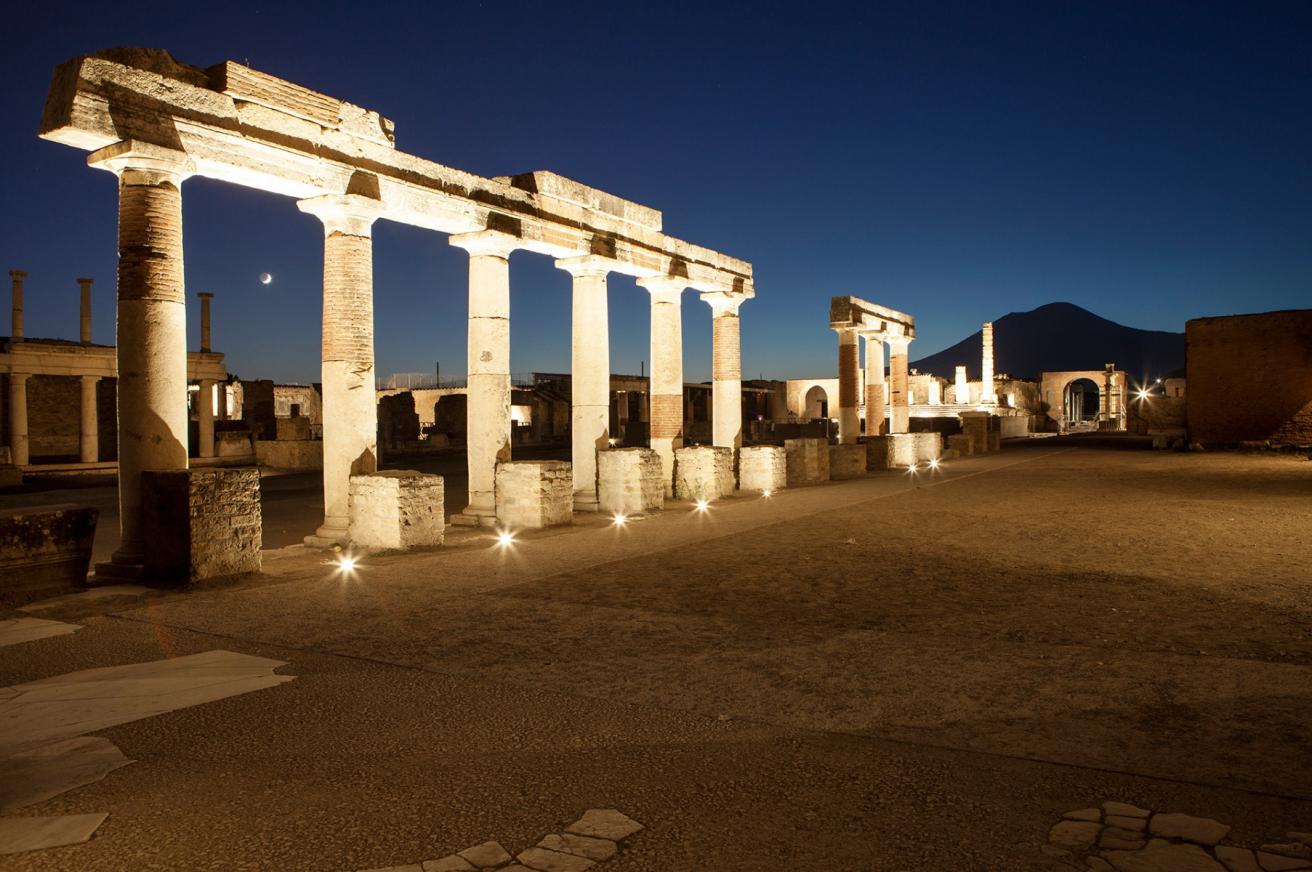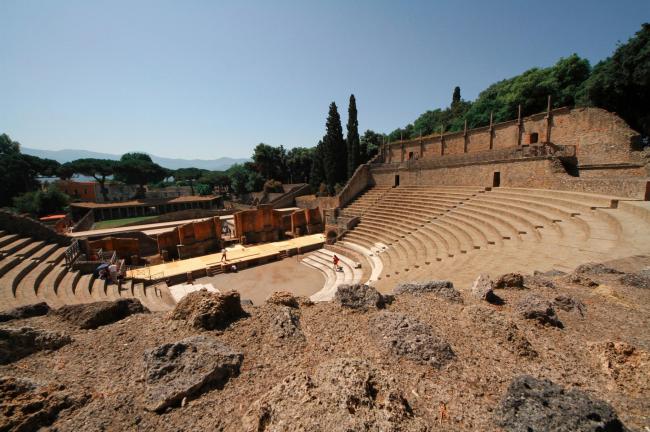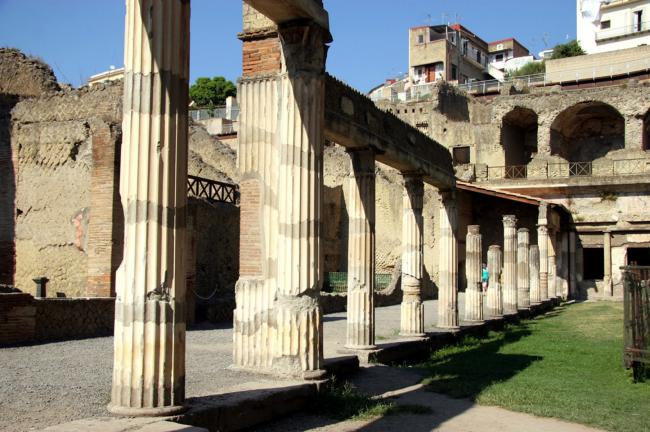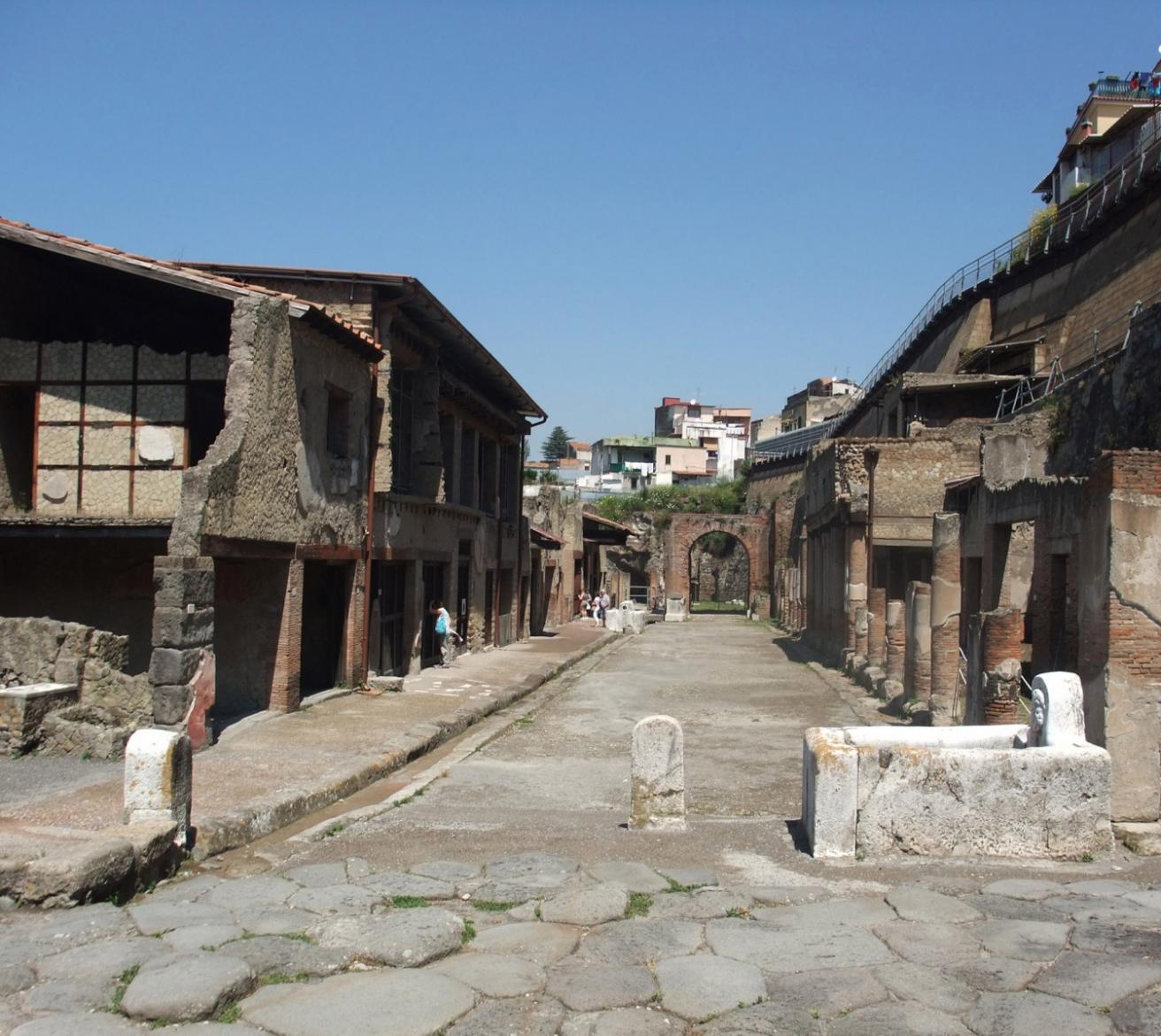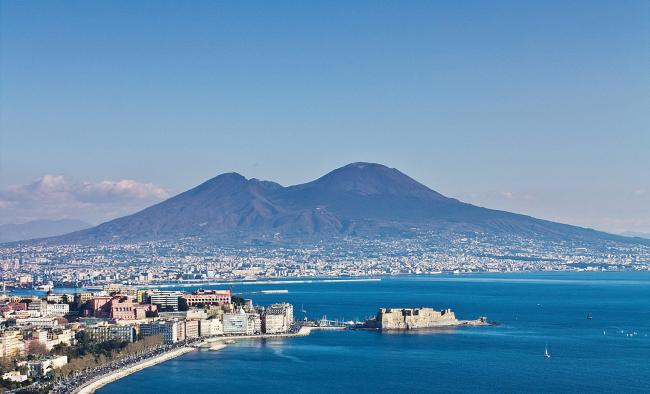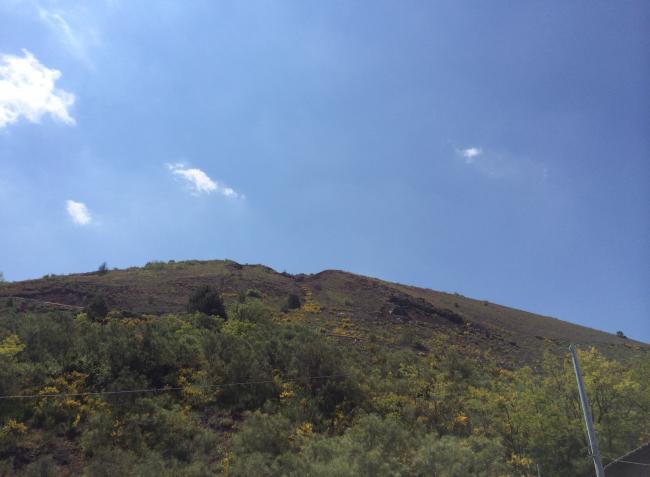Shore excursion Excursion of Pompeii, Herculaneum and Mount Vesuvius
Duration8 hours Request this shore excursion
The Pompeii-Herculaneum-Vesuvius excursion is available from the Naples, Salerno, Sorrento and Amalfi or ports. This tour is recommended for people who want to visit the ancient ruins of Pompeii and Herculaneum but also hike the summit of the Volcano Mount Vesuvius
What’s included
- Private english speaking driver
- Highway tolls
- Fuel
- Parkings
Not included
- Tips
- Tickets
- Everything not mentioned in the INCLUDED section
Tour Description
This shore excursion is for people who want discover the ancient archaeological site of Pompeii and Herculaneum, but also to admire the active volcano Vesuvius.
The ancient city providing some of the most valuable evidence of the past which has been handed down to us, is situated on the slopes of Vesuvius and a short distance from the sea. Pompeii entertained relations of various types with the most important towns and main cultures of the region. Particularly important for subsequent development of the city were the contacts with the Etruscans, who settled in Capua on the Campania plain, and with the Greek colonies. The influence of these two civilisations is fully apparent in Pompeii both in the architecture (the Doric temple of the Triangular Forum is without doubt of Greek origin) and in the art and original urbanistic structure. Unlike Herculaneum and other towns, hit by a true river of mud, Pompeii was struck by a gigantic cloud of poisonous gases, ashes, lapilli and incandescent stones which deposited on the city burying it by circa seven metres. Some of the inhabitants, sensing the unusual scope of the catastrophe, attempted to escape towards the sea.
A short distance from Naples, looking out over the gulf of the same name, stands ancient Resina, a small town famous for the important excavations of the Roman city near which it was built. Herculaneum, a somewhat small town and not particularly developed economically and commercially, but however with a flourishing craft trade, was buried like Pompeii by the eruption of Vesuvius in 79 AD.
Unlike Pompeii however, Herculaneum was not hit by ashes and lapilli but by a real river of mud, which devastated roads and buildings in the city. Having dried and solidified in time, the mud detritus caused huge damages to the walls of the houses (not found in Pompeii), saving other materials such as wood, and even improving its conservation over the centuries. Excavation work began in Herculaneum in 1738, commissioned by King Charles of Bourbon. In the beginning wells and tunnels were excavated which revealed objects of various kinds, as well as paintings, sculptures and inscriptions. Open-air work began later and revealed the structures of the city, still partly buried in the subsoil of the modern town. The urban layout of the town had a series of roads which in intersected each other at right angles and were adjacent to largely rectangular buildings, at times grouped together in building complexes.
Originating around twelve thousand years ago and formed from the subsequent seismic transformations of a previous volcano, the Vesuvius the only active volcano in continental Europe is one of the best known landmarks of Campania and more particularly of Naples. It remained quiet until 79 A.D., the year of the famous and catastrophic eruption described by Pliny the Younger in two letters dated 106 A.D. and in some moving verses of 88 AD. by the poet Martial, and which buried, together with the inhabitants, extremely flourishing towns such as Pompeii and Herculaneum. On that very occasion, according to scholars, Vesuvius took on its present shape.

